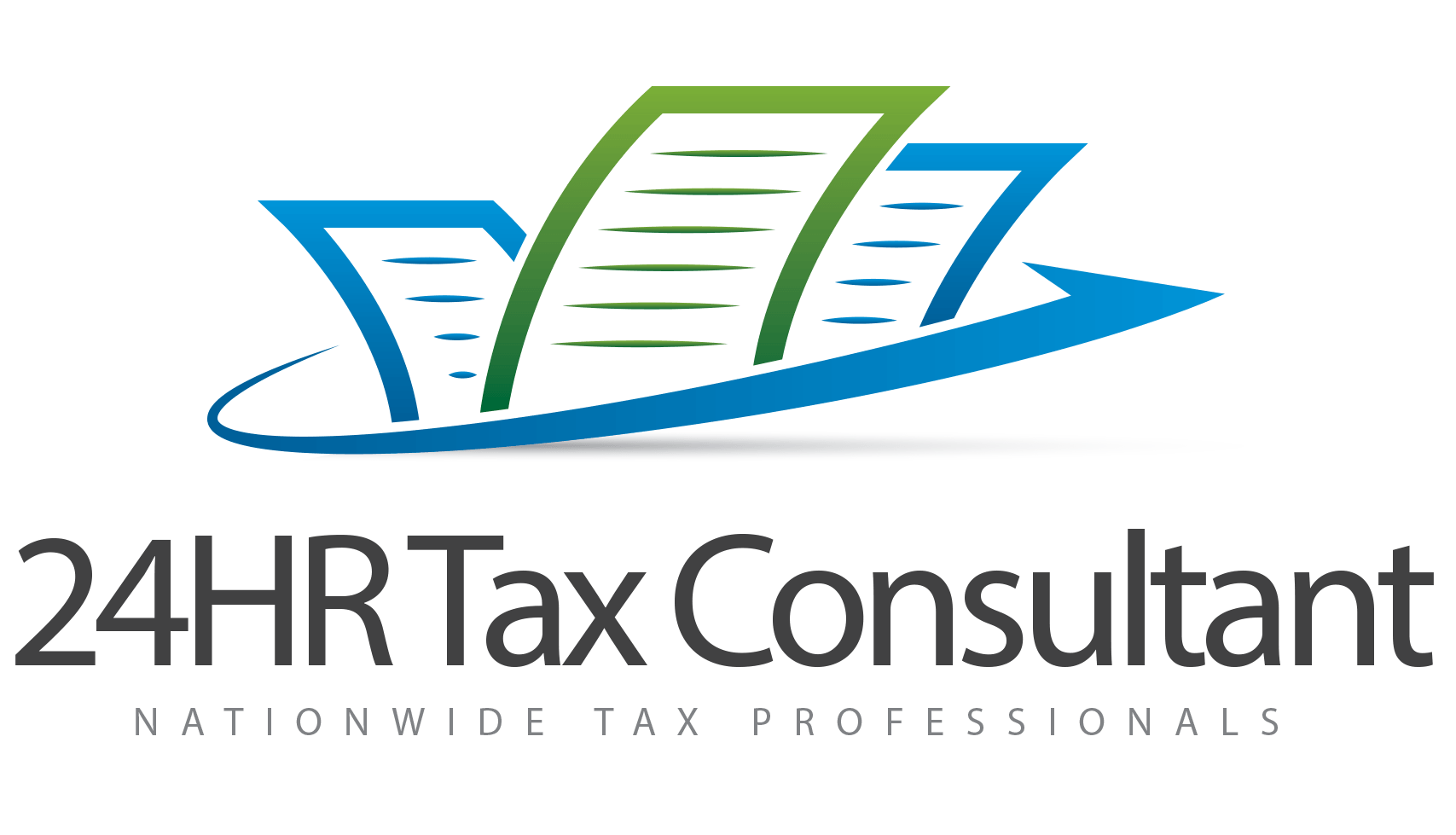Child Tax Credit/Economic Impact Payment Update
IRS issues information letters to Advance Child Tax Credit recipients and recipients of the third round of Economic Impact Payments; taxpayers should hold onto letters to help the 2022 Filing Season experience
WASHINGTON — The Internal Revenue Service announced today that it will issue information letters to Advance Child Tax Credit recipients starting in December and to recipients of the third round of the Economic Impact Payments at the end of January. Using this information when preparing a tax return can reduce errors and delays in processing.
The IRS urged people receiving these letters to make sure they hold onto them to assist them in preparing their 2021 federal tax returns in 2022.
Watch for advance Child Tax Credit letter
To help taxpayers reconcile and receive all of the Child Tax Credits to which they are entitled, the IRS will send Letter 6419, 2021 advance CTC, starting late December, 2021 and continuing into January. The letter will include the total amount of advance Child Tax Credit payments taxpayers received in 2021 and the number of qualifying children used to calculate the advance payments. People should keep this and any other IRS letters about advance Child Tax Credit payments with their tax records.
Families who received advance payments will need to file a 2021 tax return and compare the advance Child Tax Credit payments they received in 2021 with the amount of the Child Tax Credit they can properly claim on their 2021 tax return.
The letter contains important information that can make preparing their tax returns easier. People who received the advance CTC payments can also check the amount of their payments by using the CTC Update Portal available on IRS.gov.
Eligible families who did not receive any advance Child Tax Credit payments can claim the full amount of the Child Tax Credit on their 2021 federal tax return, filed in 2022. This includes families who don't normally need to file a tax return.
Economic Impact Payment letter can help with the Recovery Rebate Credit
The IRS will begin issuing Letter 6475, Your Third Economic Impact Payment, to EIP recipients in late January. This letter will help Economic Impact Payment recipients determine if they are entitled to and should claim the Recovery Rebate Credit on their tax year 2021 tax returns that they file in 2022.
Letter 6475 only applies to the third round of Economic Impact Payments that was issued starting in March 2021 and continued through December 2021. The third round of Economic Impact Payments, including the “plus-up” payments, were advance payments of the 2021 Recovery Rebate Credit that would be claimed on a 2021 tax return. Plus-up payments were additional payments the IRS sent to people who received a third Economic Impact Payment based on a 2019 tax return or information received from SSA, RRB or VA; or to people who may be eligible for a larger amount based on their 2020 tax return.
Most eligible people already received the payments. However, people who are missing stimulus payments should review the information to determine their eligibility and whether they need to claim a Recovery Rebate Credit for tax year 2020 or 2021.
Like the advance CTC letter, the Economic Impact Payment letters include important information that can help people quickly and accurately file their tax return.
More information about the Advance Child Tax Credit, Economic Impact Payments and other COVID-19-related tax relief may be found at IRS.gov.
As the 2022 tax filing season approaches, the IRS urges people to make sure an accurate tax return and use electronic filing with direct deposit to avoid delays.
To get help with this and other tax needs, please start by downloading our app.


(216) 438-3112
4150 Belden Village St NW Ste. 308-24
Canton, Ohio 44718
24HR Tax Consultant
Designed by starkcountyconnections.com
